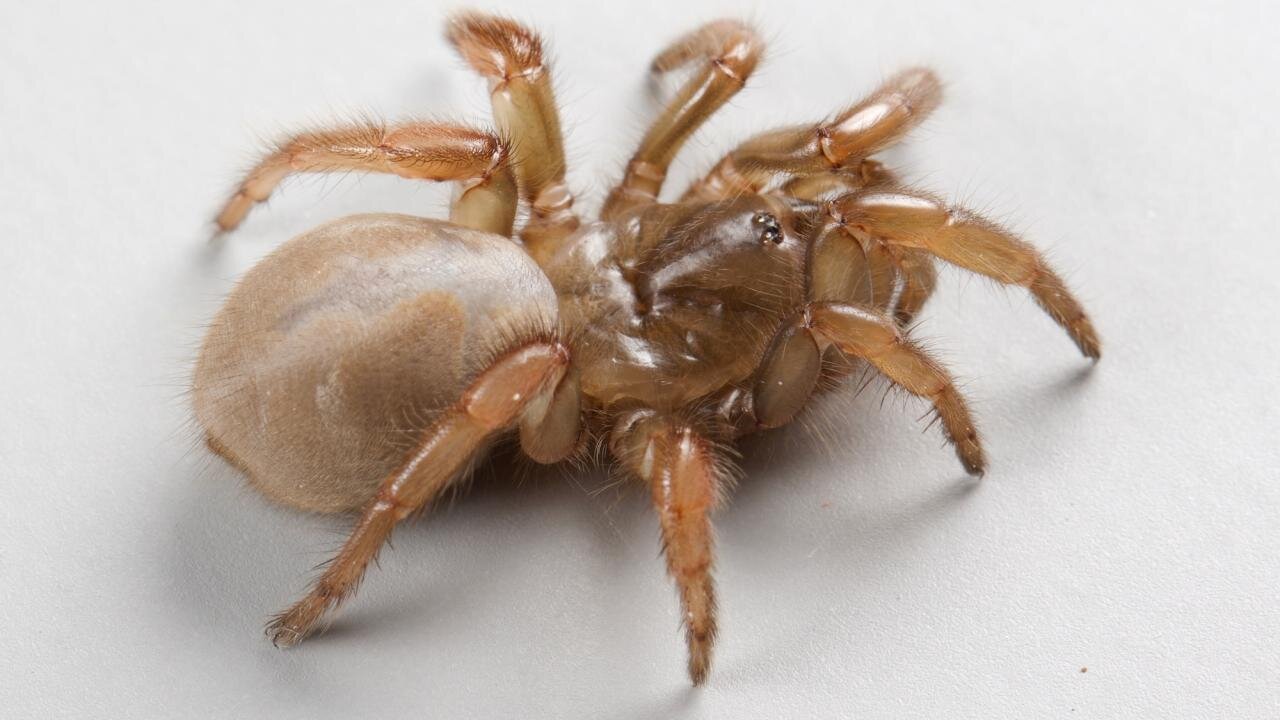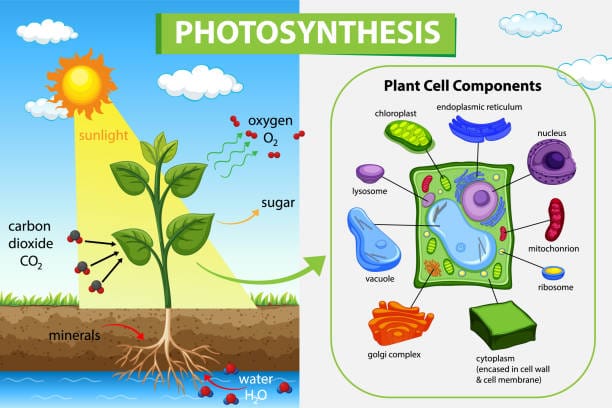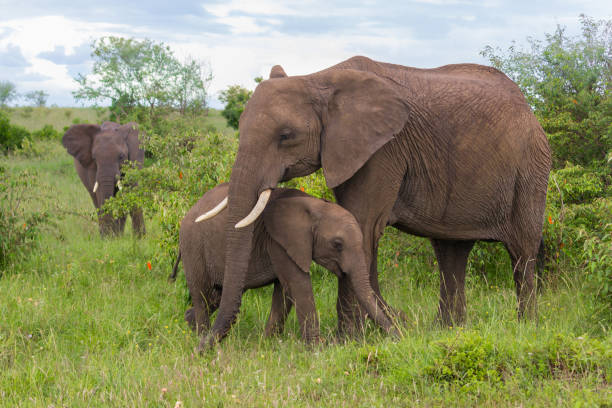Along California’s sweeping coastal dunes, beneath the grains of sun-warmed sand where beachgoers stroll without a second thought, a secret world has been hiding in plain sight. Scientists at the University of California, Davis, have just revealed one of its residents—a newly discovered species of trapdoor spider, quietly thriving beneath the dunes for thousands of years.
Named Aptostichus ramirezae, this small, reclusive creature was once mistaken for another, more familiar species. But through patient investigation and cutting-edge genetic analysis, researchers have discovered that what was once thought to be one species is, in fact, two. The finding, published in the journal Ecology and Evolution, offers not only a glimpse into the hidden richness of California’s ecosystems but also a reminder of how much remains unknown, even in our own backyards.
A Hidden Species Revealed
Trapdoor spiders are nature’s patient hunters—silent architects of subterranean homes. They are relatives of tarantulas but smaller and far more secretive. Females spend their entire lives underground in silk-lined burrows, each one sealed by a perfectly camouflaged “trapdoor” that blends seamlessly into the sandy environment. There, in the darkness, they wait. Only the faintest vibration of footsteps or the brush of an insect’s legs above will trigger their lightning-fast strike.
“There are now four known species of trapdoor spiders in California that live exclusively in coastal dune habitats,” said lead researcher Emma Jochim, a doctoral student in the UC Davis Department of Entomology and Nematology. “The one we were studying was thought to be widespread, ranging from Monterey all the way to Baja California. That’s unusual for a trapdoor spider because they rarely leave their burrows to disperse.”
Such a wide range made the team wonder if there might be more to the story. Using genomic DNA analysis, Jochim and her colleagues examined specimens long classified as Aptostichus simus. What they found confirmed the suspicion of senior author Jason Bond, professor of entomology and nematology at UC Davis: the population wasn’t a single species at all.
It was two genetically distinct ones, nearly identical in appearance but separated by reproductive isolation and geography. These “cryptic species,” as scientists call them, share a face but not a lineage.
“Based on what we know about their natural history, these spiders aren’t going to crawl from one dune system to another to mate,” Jochim explained. “That isolation, over long periods of time, creates divergence—and, ultimately, new species.”
The Science of Secrets
This discovery illustrates how DNA is transforming the way scientists understand biodiversity. For centuries, species were classified based on physical traits alone. But for animals as elusive as trapdoor spiders—creatures that spend almost their entire lives hidden underground—those traits can be deceiving.
Modern genomic tools have become the key to uncovering nature’s cryptic diversity. By comparing genetic sequences, researchers can detect subtle evolutionary splits invisible to the naked eye. What once looked like a single species can, under molecular scrutiny, reveal deep genetic divides—ancient separations that tell stories of isolation, survival, and adaptation.
The discovery of Aptostichus ramirezae is not just about naming a new spider—it’s about learning how species evolve, persist, and respond to a changing planet. It’s also a powerful reminder that even in well-studied regions like coastal California, nature still holds surprises.
“While there are over 50,000 species of spiders worldwide, there are probably hundreds of thousands left to be discovered,” Bond noted. “Even along California’s beaches, new species might be hiding just underfoot.”
A Name with Meaning
The naming of a new species is an act of scientific recognition—and, sometimes, a tribute. Professor Bond has made a name for himself not only through his research but also through his creative naming of spiders. Past species have honored celebrities like Stephen Colbert (Aptostichus stephencolberti), musician Neil Young (Myrmekiaphila neilyoungi), and former U.S. President Barack Obama (Aptostichus barackobamai).
For this latest discovery, however, Bond chose a name that celebrates one of his own scientific heroes: Martina Giselle Ramirez, dean of the College of Science at California State University, Stanislaus. Ramirez is a pioneering arachnologist whose research laid the groundwork for understanding trapdoor spider population genetics. She has also been a tireless advocate for diversity in STEM, mentoring generations of underrepresented students in science.
In naming the new species Aptostichus ramirezae, Bond and his team honored both her scientific legacy and her commitment to inclusion and education. It’s a fitting tribute for a spider that spent centuries unnoticed, now brought into the light through careful, inclusive science.
Life Beneath the Sand
The coastal dunes of California may appear barren to the casual observer, but they are alive with intricate ecosystems. The dunes are shaped by wind and tide, constantly shifting, eroding, and reforming. Beneath this dynamic landscape, trapdoor spiders build their burrows in the more stable sand layers, constructing silk-lined tunnels that protect them from the elements and predators.
Each burrow is an engineering marvel. The entrance is sealed by a circular lid—a trapdoor woven from silk and sand—that perfectly conceals the spider’s hiding place. When prey approaches, the spider senses vibrations through the silk strands connected to the door, then bursts forth with astonishing speed to capture its victim.
This underground lifestyle means that trapdoor spiders are rarely seen. They are among the most sedentary animals on Earth, and females may remain in the same burrow for decades. Their entire survival depends on the delicate balance of their habitat: the texture of the sand, the stability of the dunes, and the availability of prey.
A Fragile Habitat at Risk
Despite the excitement of discovery, the researchers’ findings carry a somber message. Both Aptostichus ramirezae and Aptostichus simus inhabit narrow strips of coastal dunes from central California to northern Baja California, Mexico—including a few isolated populations in the Channel Islands. These habitats are increasingly endangered.
Coastal dunes are being lost at an alarming rate due to urban development, recreational activity, invasive species, and the relentless advance of sea-level rise. Erosion and wildfire add further threats, shrinking the areas where these spiders can live.
“They’re definitely at risk, especially the lineage Aptostichus simus,” Jochim warned. “The new species has a wider range, but A. simus is now mostly found around San Diego, where rising sea levels pose a serious threat. These spiders can’t easily relocate or adapt to new environments.”
Because trapdoor spiders are so sedentary, even small habitat changes can be catastrophic. Once a dune system is destroyed, its spider populations vanish with it. The discovery of Aptostichus ramirezae makes conservation efforts even more urgent—it means that protecting dune ecosystems safeguards not just known species, but hidden ones as well.
Beyond Fear: Why Spiders Matter
For many people, spiders inspire fear or discomfort. But to scientists, they are vital threads in the fabric of life. Spiders control insect populations, recycle nutrients, and serve as indicators of ecosystem health. They are also evolutionary wonders, their silk and behavior representing millions of years of adaptation and resilience.
The trapdoor spider, in particular, reminds us of nature’s patience. It lives slowly, quietly, unseen—and yet it endures. The discovery of a new species beneath the sand dunes is a testament to that quiet endurance and a symbol of how much we still have to learn about the living world.
“If we don’t know how many species exist or how they’re distributed,” Jochim said, “we can’t know which areas are most important for conservation. Documenting species, even the small or hidden ones, helps us understand the planet’s true diversity.”
A Window into the Unknown
Every scientific discovery, no matter how small, reshapes our understanding of life on Earth. The unearthing of Aptostichus ramirezae is not just a tale of taxonomy—it’s a story about curiosity, perseverance, and the hidden beauty of the natural world. It reveals that the line between the known and the unknown can be as thin as a grain of sand.
Beneath California’s sunlit beaches lies a realm of stillness and shadow, where a spider waits in its silk-lined home for a sign of life above. It is an ancient rhythm, unchanged for millennia. And thanks to the dedication of researchers like Jochim and Bond, that quiet existence has been brought into the light—reminding us that discovery is not always about looking far away, but about looking closer, deeper, and with more wonder at the world right beneath our feet.
More information: Emma E. Jochim et al, Speciation Pattern and Process in the California Coastal Dune Endemic Trapdoor SpiderAptostichus simus(Mygalomorphae: Euctenizidae) and Description of a New Cryptic Species, Ecology and Evolution (2025). DOI: 10.1002/ece3.72346






